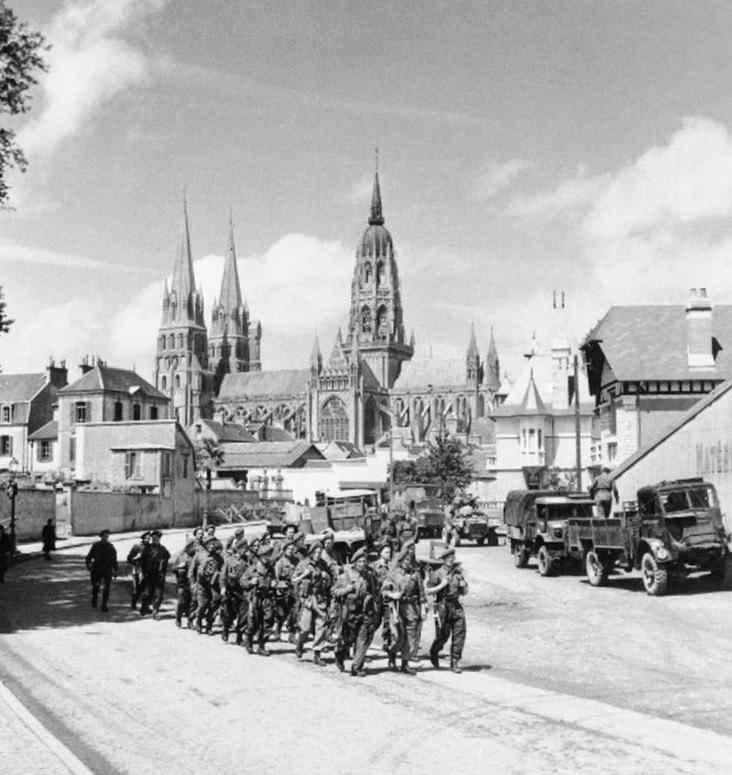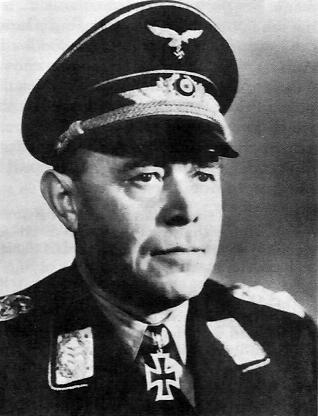5th and 8th Armies Advance on 150-Mile Front
The War Illustrated, Volume 8, No. 185, Page 141, July 21, 1944.
Northward from Rome the armies of the Allies in Italy swept the Germans before them in a retreat which assumed more and more the nature of a flight. On the west, the 5th Army went forward on a broad front to extend their mastery over the plain of Tuscany; by July 6, 1944, U.S. advance units were within fifteen miles of the great port of Leghorn. Inland, the French were driving on north of Siena, which they captured on July 3. In the more difficult country to the east, British 8th Army troops were engaged in a fierce struggle round Lake Trasimeno, where the Germans put up a considerable fight for the road to Florence.
At the east end of the front on the Adriatic coast (where Ancona port was threatened) a useful part in the capture of Ascoli Piceno was played by Alpini units of the Corps of Italian Liberation, while behind the enemy lines in Northern Italy partisans were encourage to become more audacious in sabotage. Kesselring attempted to delay General Alexander's advance by extensive demolitions while his troops fell back to the so-called "Gothic Line" between Pisa (north of Leghorn) and Rimini.
Index
Previous article
British Troops March Through Freed Bayeux
Stalwarts of our 2nd Army marching triumphantly through the cobbled streets of ancient Bayeux on June 8, 1944, were warmly welcomed. The German occupiers had been killed or ejected or taken prisoner
Next article
Streets as Battlefields and Towns as Forts
Towns defended with determination can most effectively hold up a modern army – a lesson slowly and painfully learnt by ourselves and the enemy during the course of this war. New methods of attack ar






